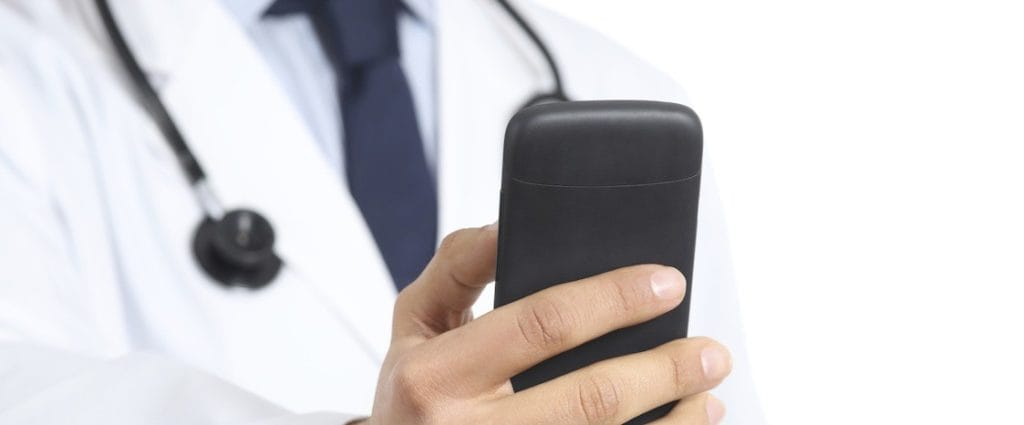Young adults in the U.S. have an unusually high level of participation in a dangerous, intoxication-producing drinking behavior called binge drinking. Unfortunately, a substantial number of binge drinkers end up requiring treatment in an emergency room. In a study published in July 2014 in the Annals of Emergency Medicine, researchers from two U.S. universities investigated what happens to the binge drinking rates of young people who receive interactive anti-drinking text messages from ER personnel after receiving treatment. The researchers concluded that receipt of these types of messages can contribute to a significant reduction in binge participation.
Binge Drinking and ER Visits
The basic standard for binge drinking is consuming enough alcohol to reach legal drunkenness (a blood-alcohol level of 0.08 percent or higher) in roughly two hours. Most men will meet this standard if they consume at least five drinks in the indicated amount of time, while most women will meet the standard if they consume at least four drinks. In most cases, binge drinkers don’t have a physical need to consume alcohol, and therefore don’t qualify as alcoholics. However, a regular participant in this form of drinking may still qualify as an alcohol abuser. This is important, since current official guidelines treat alcoholism and non-addicted alcohol abuse as two facets of a single condition, called alcohol use disorder. A person who binge drinks has clearly increased risks for ending up in an emergency room. Part of this risk stems from the possibility of consuming enough alcohol to develop a potentially fatal condition called alcohol poisoning. Binge drinkers also have heightened chances of getting involved in car crashes or other types of serious accidents, as well as heightened chances of getting involved in acts of violence (including physical assaults and sexual assaults).
Frequency in Young Adults
Binge drinking is the single most prevalent form of dangerous alcohol consumption in the U.S. In turn, young adult Americans participate in this form of drinking more often than people in any other age group. The maximum monthly rate of alcohol binging for any age group (45.1 percent) appears in people between the ages of 21 and 25. In addition, the rate of participation is at least 30 percent in three other groups of young and relatively young adults: those between the ages of 18 and 20, those between the ages of 26 and 29, and those between the ages of 30 and 34. No other age group reaches the 30 percent level for monthly binge drinking involvement.
Impact of ER Text Messages
In the study published in the Annals of Emergency Medicine, researchers from Brown University and several departments of the University of Pittsburgh tested the impact of ER text messages on young adults’ rates of binge drinking with the help of 765 individuals. All of these individuals had a history of binge drinking. Roughly half of the participants received alcohol-related assessments via text message twice a week for three months after treatment in an emergency room; the people in this group were also asked to reply to these messages, and in turn received feedback on their responses from ER personnel. Another 196 study participants also received and replied to alcohol-related text messages, but did not receive feedback from ER personnel. The remaining 185 participants did not receive text messages after receiving emergency room treatment. All three groups submitted information on their binging behaviors in the 30 days prior to the start of the study, including both the number of days in which binge drinking occurred and the amount of alcohol consumed during these binges. The researchers found that, at the end of three-month period, the participants who received alcohol-related text messages and feedback from ER personnel reported a 51 percent decline in the number of days in which they binged on alcohol. In addition, these individuals reported a 31 percent decrease in the amount of alcohol they consumed during alcohol binges. However, the participants who received text messages without feedback from ER personnel actually experienced an increase in their number of binging days. The participants who didn’t receive text messages from ER personnel also reported an increase in their binging behaviors. Based on their findings, the study’s authors believe that receipt of the combination of text messages and feedback from emergency room staff can potentially contribute to significant reductions in binge drinking behaviors in young adults.

